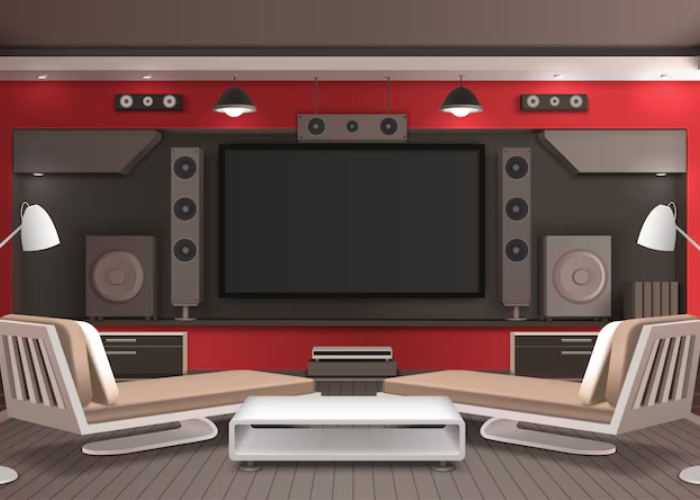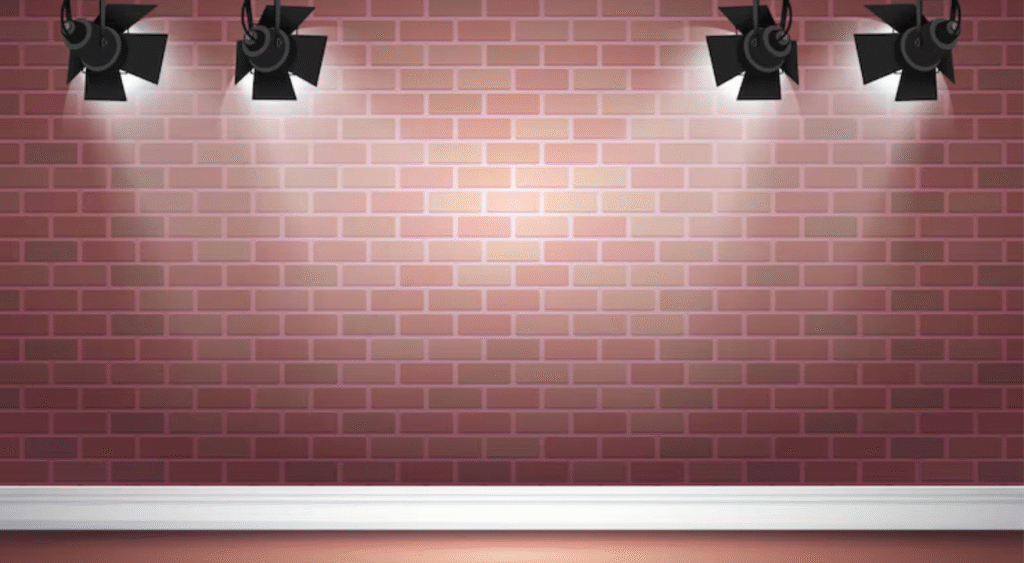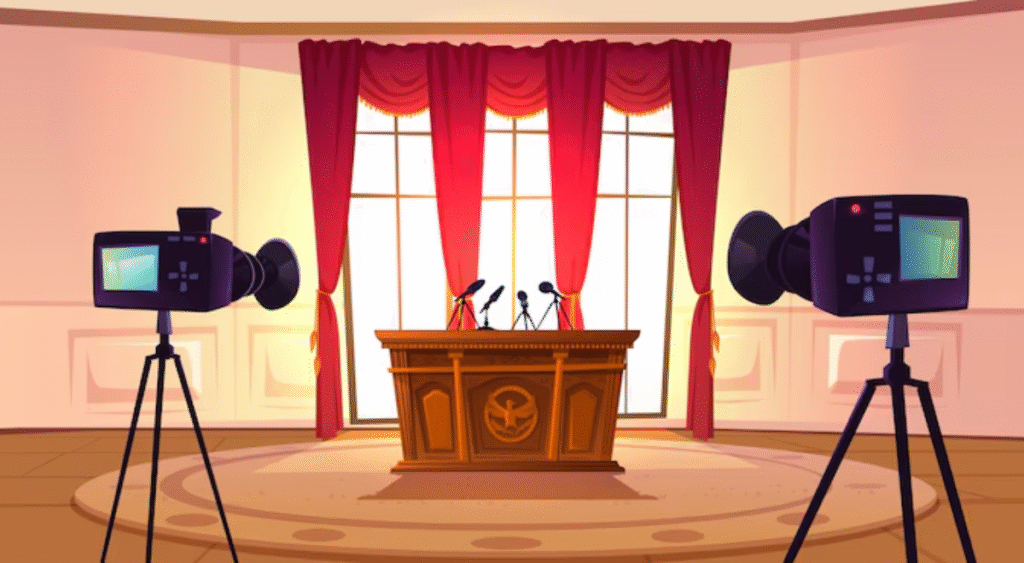
A back casting room is a specialized collaborative space designed to facilitate strategic planning and innovation using the backcasting methodology. Unlike traditional forecasting, which predicts future outcomes based on current trends, backcasting starts by envisioning a desired future and works backward to identify the steps needed to achieve it. This article explores the concept of a back casting room, its purpose, benefits, and practical applications, offering insights for businesses, organizations, and individuals in the USA looking to leverage this approach for strategic success.
What is a Back Casting Room?
A back casting room is a physical or virtual environment where teams gather to engage in backcasting exercises. Backcasting, as defined by John B. Robinson in 1990, is a planning method that begins with defining a desirable future and then works backward to identify policies, programs, or actions that connect the present to that future. The back casting room serves as a dedicated space equipped with tools like whiteboards, digital collaboration platforms, and data visualization aids to foster creativity and structured problem-solving. It is particularly popular in fields like urban planning, sustainability, and corporate strategy, where long-term goals require innovative thinking.
Must Read:Understanding Invest1Now.com Real Estate: Your Guide to Smart Property Investment in 2025
The primary keyword, “back casting room,” refers to this unique setup where stakeholders—ranging from corporate executives to community planners—collaborate to map out pathways to their envisioned goals. By focusing on a future vision rather than incremental improvements, back casting rooms encourage bold, transformative ideas.

Why Use a Back Casting Room?
Back casting rooms are invaluable for organizations aiming to achieve ambitious, long-term objectives. Here’s why they matter:
- Encourages Visionary Thinking: By starting with a desired future, teams are free to think beyond current constraints, fostering creativity and innovation.
- Structured Collaboration: The room provides a focused environment for brainstorming, ensuring all voices are heard and ideas are systematically evaluated.
- Aligns Teams on Goals: Backcasting aligns stakeholders on a shared vision, reducing misalignment and enhancing commitment to action plans.
- Addresses Complex Challenges: It’s particularly effective for tackling complex issues like sustainability, where traditional forecasting may fall short.
For example, a 2018 study published in the European Journal of Futures Research highlighted how backcasting is increasingly used in urban sustainability planning to create smart, sustainable cities by envisioning a balanced socio-ecological system and working backward to achieve it.
Key Components of a Back Casting Room
A well-designed back casting room includes several elements to maximize productivity:
- Facilitation Tools: Whiteboards, sticky notes, or digital tools like Miro or MURAL for brainstorming and mapping ideas.
- Data Resources: Access to relevant data, such as market trends, environmental statistics, or customer insights, to inform decisions.
- Diverse Stakeholders: Involving participants from various backgrounds ensures a range of perspectives, critical for robust planning.
- Clear Framework: A structured process, often guided by questions like “What does success look like?” and “What steps will get us there?”
These components create an environment where teams can effectively translate a future vision into actionable steps.
How to Set Up a Back Casting Room
Setting up a back casting room requires careful planning to ensure it supports the backcasting process. Here’s a step-by-step guide:
- Define the Vision: Start by articulating a clear, desirable future state. For example, a company might envision becoming carbon-neutral by 2050.
- Choose the Right Space: Select a quiet, distraction-free room with ample space for collaboration. Virtual platforms work well for remote teams.
- Gather Tools: Equip the room with whiteboards, projectors, or digital collaboration tools to visualize ideas.
- Involve Stakeholders: Invite a diverse group, including decision-makers, subject matter experts, and creative thinkers.
- Follow a Framework: Use a structured backcasting methodology, such as the four-part framework (when, which, how, what) outlined in a 2024 study on Scribd, to guide discussions.
- Document and Iterate: Record all ideas and action plans, refining them as needed to ensure feasibility.
Real-World Examples of Back Casting Rooms
Back casting rooms have been used successfully across various sectors in the USA:
- Urban Planning: The Capital Regional District in Victoria, Canada, used backcasting to plan water resource management through 2050, a model that U.S. cities like Seattle have adapted for sustainable urban development.
- Corporate Strategy: Companies like Nike and Interface have employed backcasting to align their operations with sustainability principles, creating dedicated spaces for teams to map out long-term environmental goals.
- Community Development: In the USA, community organizations have used back casting rooms to plan local initiatives, such as reducing homelessness by envisioning a future with accessible housing and working backward to identify policy changes.
These examples demonstrate the versatility of back casting rooms in addressing diverse challenges.

Tips for Effective Back Casting Room Sessions
To maximize the impact of a back casting room, consider these tips:
- Start with a Clear Goal: Ensure all participants understand the desired future outcome to maintain focus.
- Encourage Open Dialogue: Foster an inclusive environment where all ideas are valued, regardless of hierarchy.
- Use Data Wisely: Incorporate relevant statistics, such as market growth projections (e.g., the U.S. sustainability market is expected to reach $150 billion by 2027), to ground discussions in reality.
- Iterate Regularly: Revisit and refine plans to account for new information or changing conditions.
- Include a Facilitator: A skilled facilitator can keep discussions on track and ensure productive outcomes.
Benefits for the U.S. Audience
For U.S.-based organizations, back casting rooms offer a competitive edge in a fast-evolving market. Businesses can use them to innovate products, streamline operations, or meet regulatory demands, such as those tied to the U.S. Environmental Protection Agency’s sustainability goals. Nonprofits and government agencies can leverage back casting rooms to address social issues like affordable housing or climate resilience, aligning with national priorities outlined in the Inflation Reduction Act of 2022.
Call to Action
Ready to transform your strategic planning? Set up a back casting room to envision your organization’s future and chart a clear path to success. Whether you’re a business leader, urban planner, or community advocate, backcasting can help you turn bold visions into reality. Start today by gathering your team and defining your desired future!
Frequently Asked Questions
1. What is the difference between backcasting and forecasting?
Backcasting starts with a desired future and works backward to identify steps to achieve it, while forecasting predicts future outcomes based on current trends. Backcasting is ideal for long-term, transformative goals.
2. Who should participate in a back casting room session?
Participants should include diverse stakeholders, such as decision-makers, subject matter experts, and creative thinkers, to ensure a range of perspectives and robust outcomes.
3. Can back casting rooms be virtual?
Yes, virtual back casting rooms using platforms like Zoom, Miro, or MURAL are effective for remote collaboration, provided they include tools for visualization and interaction.
4. What types of organizations benefit from back casting rooms?
Businesses, nonprofits, government agencies, and community organizations in the USA can all benefit, particularly those tackling complex challenges like sustainability, innovation, or social impact.
5. How long does a back casting room session typically last?
Sessions can range from a few hours to multiple days, depending on the complexity of the goal and the depth of planning required. Most organizations plan for 1-2 day workshops.
